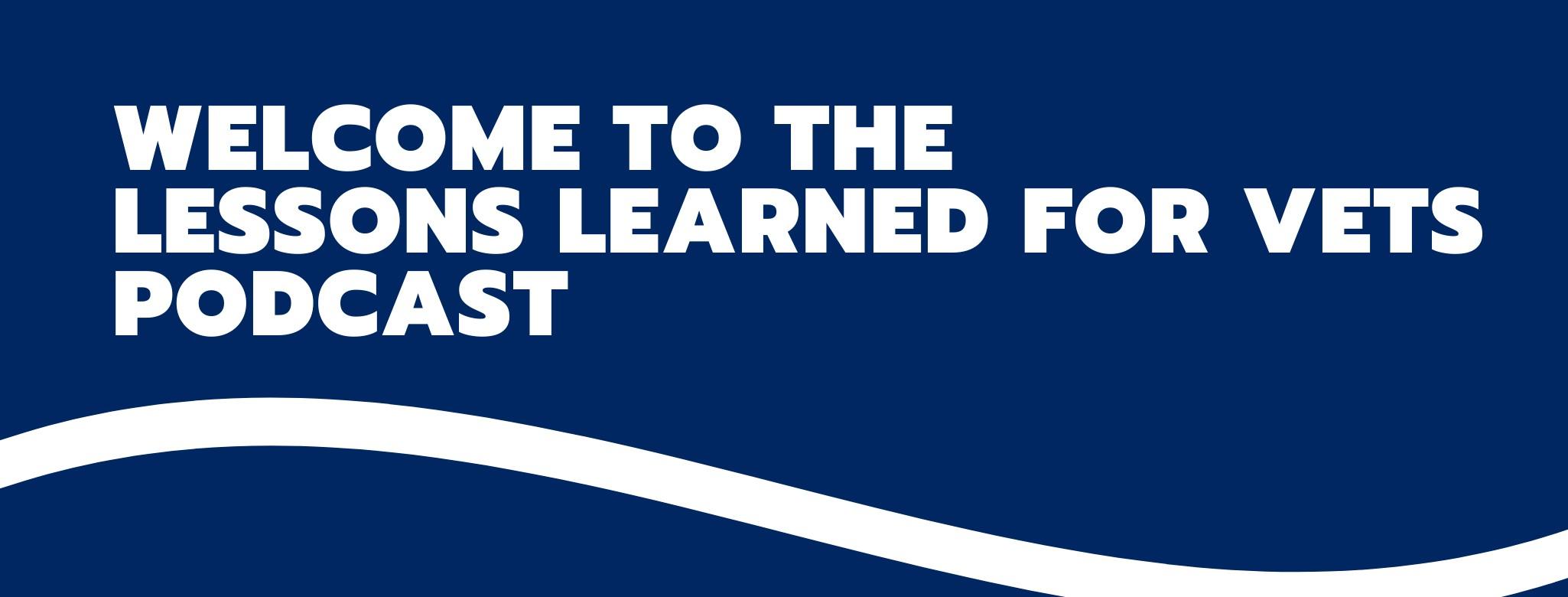
Season 3 Episode 105: Top to Bottom LinkedIn Creation with Adam Braatz - Part 1
Adam Braatz served in the USAF for 8 years before separating in 2015. In addition to holding several communications and marketing roles, Adam has become an influential voice in the veteran advocacy ecosystem. Adam’s book, LinkedIn Mastery for Veterans and Transitioning Service Members, was recently released and contains actionable strategies to improve your LinkedIn profile. Although there are many LinkedIn how-to guides, Adam specifically wrote this book with content focused on the veteran and transitioning service member.
When Adam initially left the military for his first role in the non-profit space, he was using Facebook to make professional contacts. It wasn’t until a few mentors suggested he become more active on LinkedIn and use the platform for career growth. With over 900 million users, LinkedIn is the largest professional business and educational database in the world. Adam suggests becoming active on LinkedIn well in advance of the military transition to establish a network. Afterall, this network may be able to help you find a job.
The background image should never be left blank. Adam likens a profile without a background image to walking into a store with empty shelves. Consider using an image of the city you are hoping to live and work in. Adam encourages people to think about hiring a professional for the portrait. However, a well-planned iPhone photo will also work. Use a plain background and keep the focus on your smiling face. The photo should be well-lit with no obstructing shadows. Never use your military photo or dress in your uniform. Your LinkedIn profile is not about where you’ve been, but where you are going.
Avoid fluff words such as “experienced” or “seasoned” when filling out the headline. If you are a transitioning service member or veteran, consider abstaining from using these descriptors in the headline. Once again, the profile is about where you are going, not where you’ve been. When you lead with “transitioning service member,” you are telling the reader you’re currently in a state of flux without definable skills.
As you continue with the top third of your profile, always capitalize the first letter of your first and last name. Avoid using non-characters, like emojis, before your name. While it’s important to not create barriers between you and someone trying to get in touch with you, consider your security. For example, it’s often advised to not disclose your personal cell number. Don’t put anything on LinkedIn that you would not be comfortable at least having a conversation about in a professional environment.
The ABOUT section of your profile should contain keywords for the industry you are targeting. Writing this portion in the first-person will help showcase your communication style and personality. Answer the following questions to help you write the ABOUT section: What do you want to do? Why do you want to do it? Why does it matter to you? This section should give your connections and potential employers a little more insight into you in addition to the work experience section.
Start filling in your work experience by using your resume bullet points. Consider rewording them and using the first-person narrative to create more of a story. Make sure the language is palatable to civilians and not militaristic.
Subscribe to our YouTube channel at https://tinyurl.com/llforvets22.
You can connect with Adam on LinkedIn at https://www.linkedin.com/in/abraatz/
Order LinkedIn Mastery for Veterans and Transitioning Service Members at https://a.co/d/2Hd88Ap
SUBSCRIBE & LEAVE A FIVE-STAR REVIEW and share this to other veterans who might need help as they transition from the military!
Are You Struggling to Write Your Resume?
I created the Veteran Resume Self-inspection Checklist to lessen the resume writing struggle for veterans. This 11-item checklist will educate you in resume best practices while giving veterans a guide to assess their resume and determine if it's ready to send to employers.
Download Your Checklist Here




